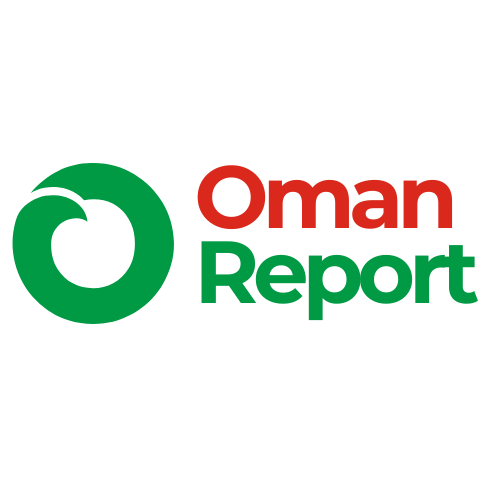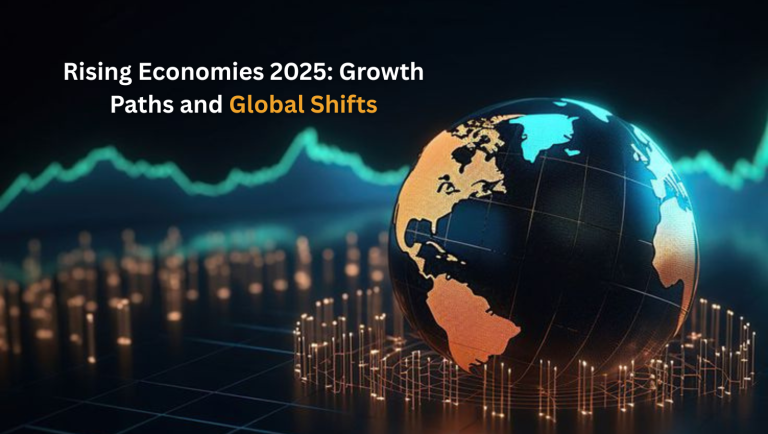omanreport is here to take you on a journey into the heart of the economic transformations shaping our world in 2025. The global economy is witnessing fascinating shifts — new players are rising, old giants are reinventing themselves, and emerging sectors are challenging traditional market dynamics. If you have been wondering where growth is heading, which countries are becoming economic powerhouses, and how global trade patterns are evolving, this article is your complete guide.
The New Wave of Economic Powerhouses
The year 2025 is seeing countries previously considered “developing” make astonishing leaps forward. These rising economies are not just growing fast; they are redefining the future of trade, technology, and sustainability.
Asia’s Continued Dominance
Asia remains the focal point of global growth. Nations like India, Vietnam, and Indonesia are driving much of the expansion. India’s focus on digital infrastructure and manufacturing incentives is turning it into the “factory of the world,” while Vietnam has become a global hub for electronics and apparel production.
Africa’s Emerging Giants
Africa’s narrative is changing. Nigeria, Kenya, and South Africa are attracting record levels of investment in fintech, renewable energy, and agriculture. The African Continental Free Trade Area (AfCFTA) is creating opportunities for intra-continental trade never seen before, unlocking potential for over 1.4 billion consumers.
Latin America’s Comeback
Latin American countries are entering a new phase of economic stability. Brazil is investing heavily in green energy, while Mexico is benefiting from nearshoring trends as companies move production closer to North American markets.
Drivers of Economic Growth
Economic rise in 2025 is not happening by chance — it is fueled by key drivers that every business and policymaker needs to understand.
Digital Transformation
The digital economy is growing at an unprecedented rate. E-commerce, fintech, AI-driven analytics, and remote work solutions are driving productivity and efficiency in both established and emerging markets.
Green and Renewable Energy
Sustainability is no longer optional — it’s the backbone of global economic policy. Nations investing in solar, wind, and hydrogen power are seeing rapid foreign direct investment (FDI) and technological partnerships.
Demographic Advantage
Younger populations in Asia and Africa are boosting consumption and entrepreneurship, fueling innovation and pushing GDP growth upward.
Global Trade and Geopolitical Realignments
The international order is shifting as alliances are redrawn and trade partnerships are restructured.
The Rise of Regional Blocs
Regional trade agreements like RCEP (Regional Comprehensive Economic Partnership) in Asia and AfCFTA in Africa are reshaping supply chains. This decentralization of trade is reducing dependence on any single economy and spreading risk more evenly.
Supply Chain Diversification
After the disruptions of recent years, businesses are diversifying their production bases. This benefits rising economies as companies look for resilient, cost-effective locations for manufacturing.
Technology and Data Policies
As economies digitize, countries are racing to implement strong data governance and cybersecurity frameworks. This is influencing foreign investments and global collaborations.
Challenges Facing Rising Economies
Not everything is smooth sailing — these economies face significant hurdles.
Inflation and Currency Volatility
High growth can sometimes trigger inflationary pressures. Managing currency stability while attracting foreign capital is a balancing act for many governments.
Infrastructure Gaps
Many fast-growing countries still face major infrastructure gaps, from power shortages to poor transportation networks, which can slow growth if not addressed quickly.
Political Stability
Economic growth thrives on stability. Countries with transparent governance, investor-friendly policies, and consistent regulations are likely to see long-term success.
Opportunities for Investors and Entrepreneurs
2025 is not just a year of change; it’s a year of opportunities.
Technology Startups
Emerging markets are fertile grounds for startups in healthtech, fintech, and agritech. Investors are pouring capital into innovations designed for local challenges with global scalability.
Renewable Energy Projects
Solar parks, wind farms, and green hydrogen initiatives are booming. Investing in renewable infrastructure can offer long-term returns as demand for clean energy grows.
Real Estate and Urbanization
As populations in rising economies move into cities, housing and infrastructure development present lucrative opportunities for real estate developers and construction companies.
Future Outlook: The Next Decade of Growth
The next 10 years will likely see an even greater redistribution of global economic power. Countries that invest in education, technology, and sustainability now will lead the world by 2035. Businesses that adapt to these shifts early will have a competitive advantage.
FAQs
Which countries are expected to grow the fastest by 2025?
India, Vietnam, Nigeria, and Indonesia are projected to be among the fastest-growing economies, with strong industrial growth and digital transformation driving their rise.
How does technology impact rising economies?
Technology boosts productivity, enables financial inclusion, and attracts foreign investment. Digital platforms allow small businesses to compete globally.
Are rising economies a good place for investment?
Yes, but investors should evaluate risks such as regulatory changes, infrastructure limitations, and currency fluctuations before committing capital.
What role does sustainability play in economic growth?
Sustainability attracts international funding, reduces long-term costs, and positions countries as leaders in the future green economy.
How can small businesses benefit from these shifts?
Small businesses can leverage cheaper production costs, growing consumer demand, and new digital tools to scale rapidly in rising economies.
Conclusion
The global economy of 2025 is exciting, dynamic, and full of opportunities. As perujournal.com has explored, rising economies are not just catching up — they are setting new benchmarks for innovation, sustainability, and resilience. Whether you are an investor, policymaker, or entrepreneur, the coming years will reward those who stay informed and act decisively. The growth paths and global shifts of today are shaping the world we will all live in tomorrow — and the time to engage with them is now.


